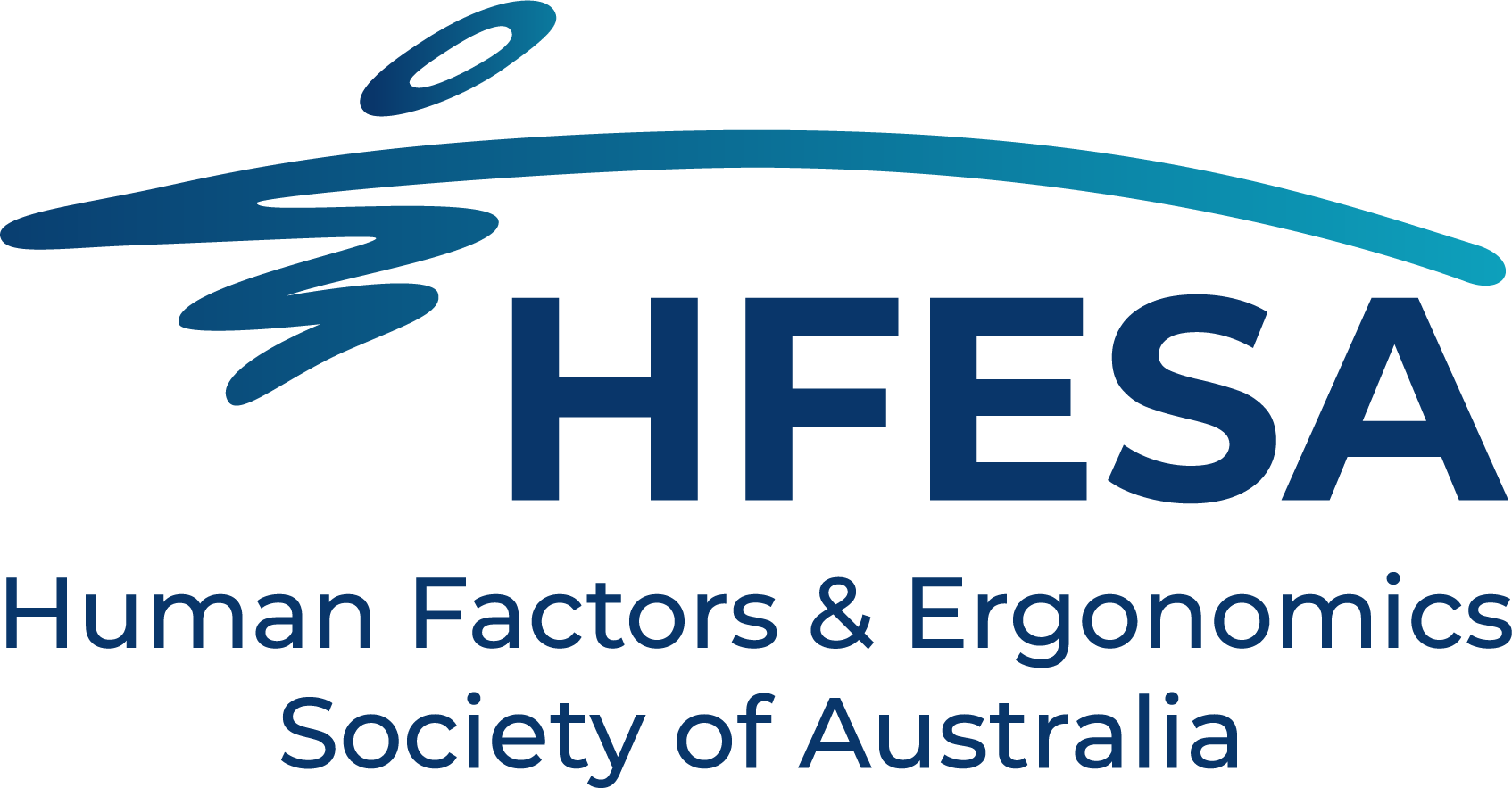The John Lane Award is awarded for a major systematic contribution to advancing the science of HFE and its application in Australia. This contribution may have been made at any time.
- Awarded to an individual, group or organisation having relevant HFE connection within Australia.
- Covers the work carried out over several years during the last 5 to 10 years.
- The Award is in the form of a Certificate.
In 2017 this award was combined with the Tom Triggs Award, and renamed the Margaret Bullock Award.
Past recipients
2001 Verna Blewett and Jonathon Talbot
2002 Monash University Accident Research Centre
2003 not awarded
2004 Robin Burgess-Limerick, Roxanne Egeskov, Clare Pollock and Leon Straker
2008 Andrea Shaw, Verna Blewett, Laurie Stiller, Christine Aickin, Drew Dawson, Sally Ferguson, Stephen Cox and Kaj Frick
2009 Not awarded
2010 Not awarded
2011 Not awarded
2012 Not awarded
2013 Not awarded
2014 Not awarded
2015 Anjum Naweed, Sophia Rainbird, Verna Blewtt, Lily Hirsch, Janine Chapman, Drew Dawson
2016 Melissa Baysari
About John Lane (1918-1999)
John Lane is recognised as the father of aviation safety in Australia and as a pioneer in road safety. His work in both fields was highly respected and acclaimed internationally. He received his early education at Scots College in Sydney where he was dux of the school. He graduated with honours in medicine from the University of Sydney in 1941 and then joined the RAAF. As a medical officer in the RAAF, John developed his interest in aviation medicine and the problems of high altitude flying. He was involved with the Catalina aircraft crews.
In 1948 John was appointed the inaugural Director of Aviation Medicine in the Commonwealth Department of Civil Aviation. He continued to develop the scientific approach and expanded contribution to air safety of the Branch until his retirement in 1983. He represented Australia at various meetings of the International Civil Aviation Organisation over a period of 25 years. During the 1950’s John was also involved in the development of the “T-VASIS” visual safe aircraft landing system at the Aeronautical Research Laboratories.
In 1957 John was awarded an Harkness Commonwealth Fellowship which enabled him to qualify for a Master of Public Health Degree at Harvard University in the United States. This provided the foundation for much of the epidemiological research that he conducted over the next 40 years. In 1960, he was trained as a space surgeon by the US Airforce and the National Aeronautics and Space Administration, which led to his appointment as Australian aeromedical monitor in the manned space flight program.
In 1962, as John Glenn orbited Australia in Friendship 7, Dr John Lane monitored his heartbeat, blood pressure and other vital signs. He was one of the Australian aeromedical monitors for the United States’ manned space flight program and performed these important tasks for John Glenn’s first flight and the other astronauts in both the Mercury and Gemini space programs.
John was a founding member of the Aviation Medical Society of Australia and New Zealand and of the Ergonomics Society of Australia, being its second President. He was very active in both Societies’ activities throughout his career.
In addition to his duties in the Department of Civil Aviation, John developed an interest in applying a scientific approach to road safety. In 1961, he became a foundation member of the Human Factors Committee of the Australian Road Research Board. During the 18 years of his membership the committee sponsored much of Australia’s early road safety research. From 1961 to 1975 he was a member of the Traffic Injury Committee of the National Health and Medical Research Council.
After his retirement as Director of Aviation Medicine, John became a Principal Research Fellow at the Monash University Accident Research Centre, where he continued his research and acted as a mentor to many younger researchers. In 1985 John became a Member of the Order of Australia for services to aviation medicine and road safety standards.
